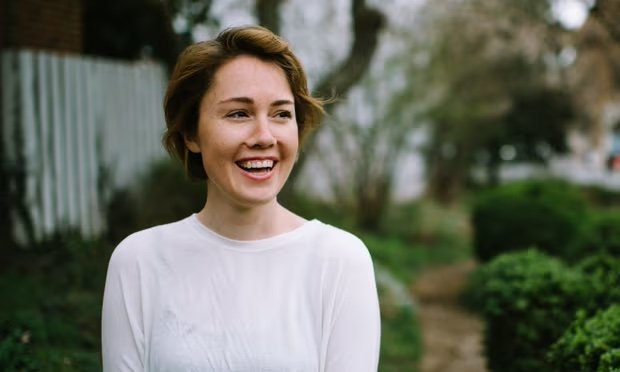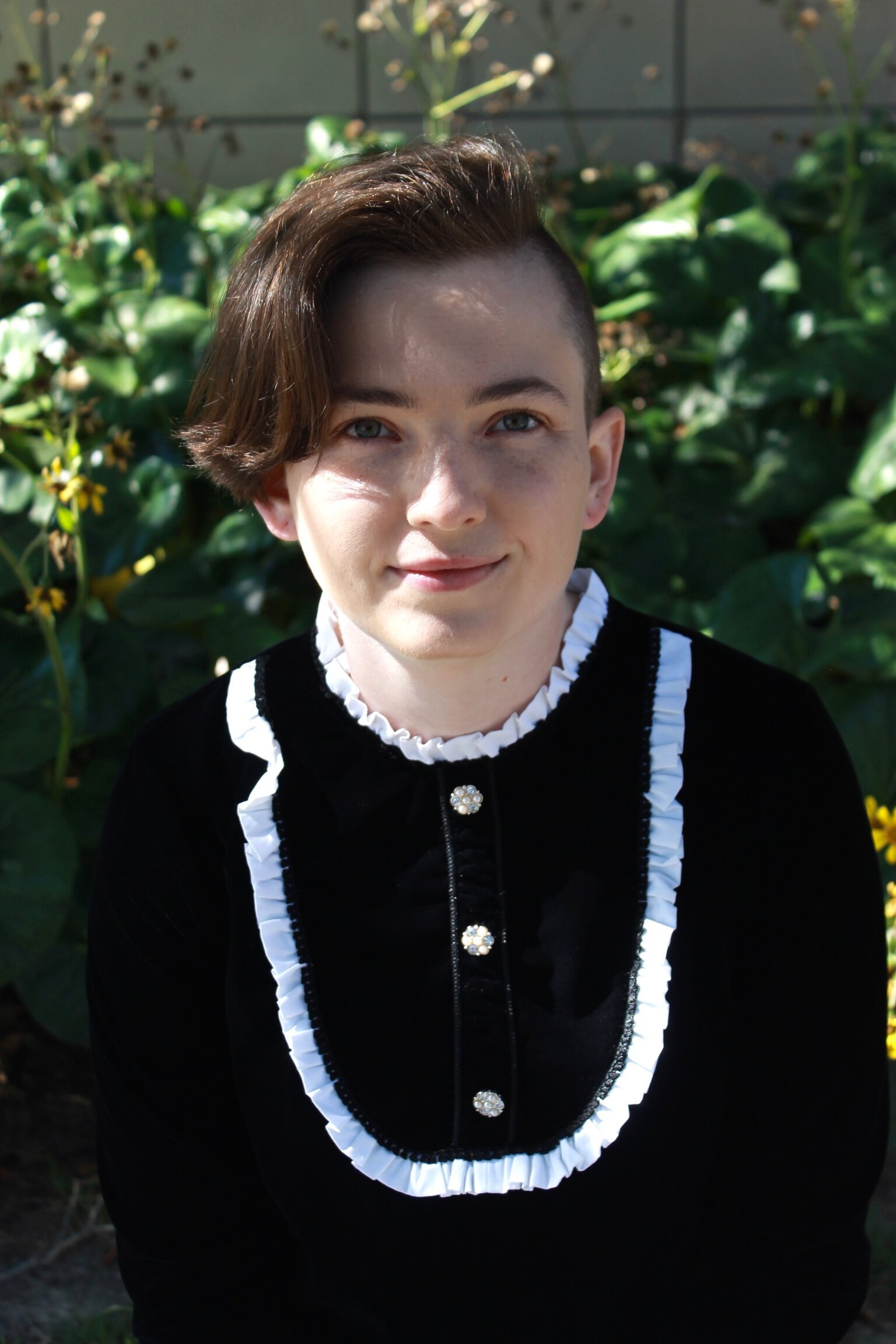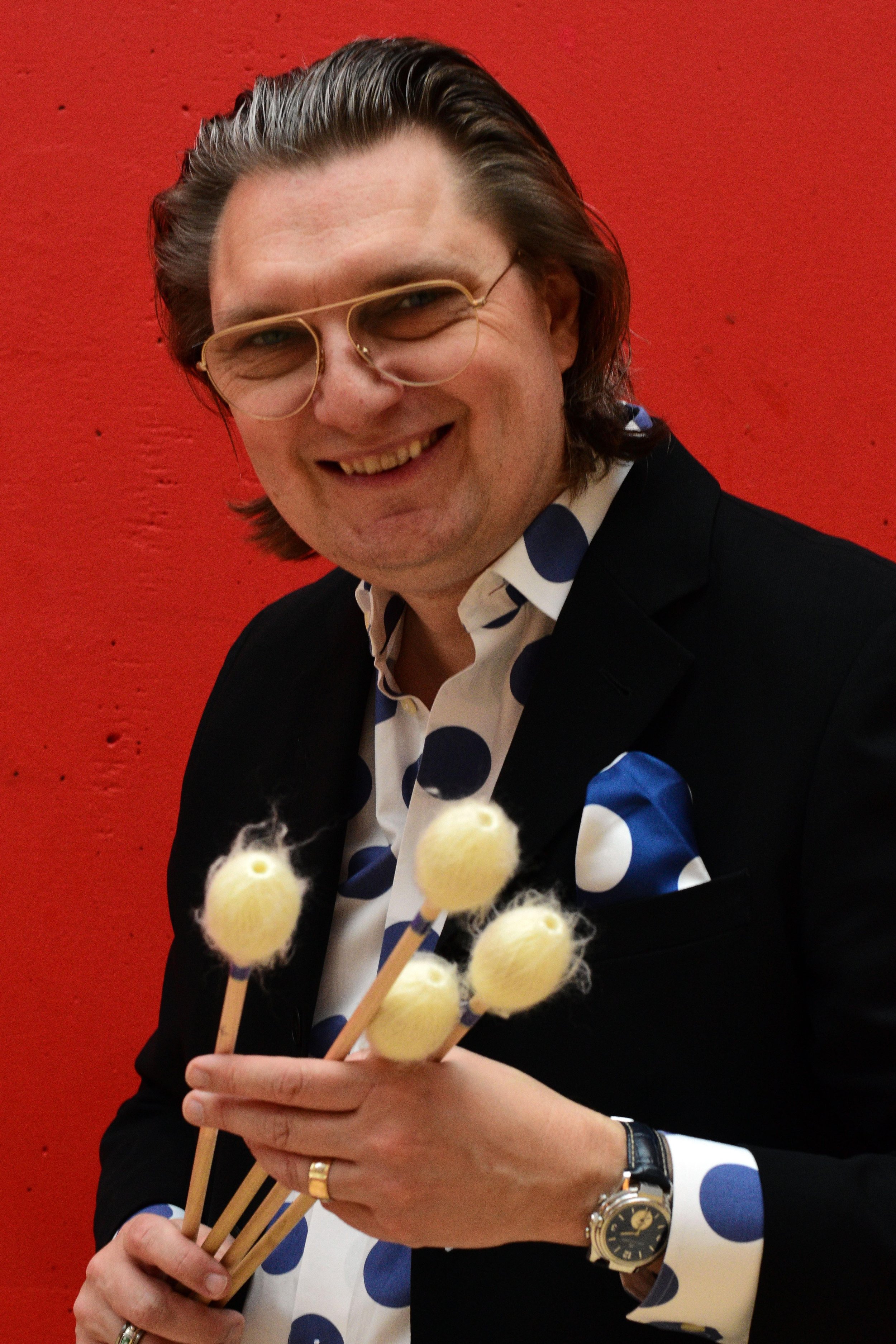Music in Bloom 2025
Program
June 8 and 15
New England Botanic Garden at Tower Hill
Solstice by James Naigus
The solstice is the midpoint of either summer or winter occurring on what would be the longest or shortest day of the year, respectively. In what was a relatively long and harsh winter, I found the duality between the season's cold bleakness and softened beauty enchanting. This piece journeys through these contrasting states of being, but does not always settle harmoniously, as the winter is only half over and darkness continues to ominously pervade.
Cantigas by Evan Williams
III. Quen boa dona querra
IV. Santa Maria, strela do dia
V. Pour nos, Virgen Madre
A cantiga is a monophonic, often strophic, song with Galician-Portuguese text from the Medieval period. Many of the cantigas that we know of today come from the Cantigas de Santa Maria, a codex from the 11th century with each cantiga dedicated to the Virgin Mary.
Six of the seven movements of Cantigas are based on songs from this codex. Elements like text or meaning were not considered, instead, each cantiga served as a sort of musical artifact that inspired this new work. The result is like looking at an object through different lenses. The music can enhance, extend, or completely juxtapose the original meaning of the cantiga.
Siglufjörður by Oliver Caplan
Siglufjörður, Iceland’s northernmost town, is tucked in a narrow fjord, with towering mountains that dive straight into the sea. It is a land of extremes, flooded with light in the summer, plunged into darkness in winter. In July 2021, I spent a rainy morning at Siglufjörður’s Folk Music Centre, founded by composer Gunnsteinn Ólafsson. Exploring the collection, I was particularly moved by a short song called “Blástjarnan þótt skarti skær.” This hauntingly beautiful melody was collected by ethnomusicologist Benedikt Jónsson (1846-1939) in northern Iceland. Blástjarnan is the blue star Vega. This trio is a theme and variations built on the theme of Blástjarnan. The melody is first introduced by the cello and then taken up by the horn. The piece develops from there, on a musical journey inspired by my travels in the fjords.
Tango Trio by Miguel Del Aguila
This work evokes Argentine-Uruguayan tango idioms, recalling especially the neo-romantic and sentimental style of the early tango period between 1910 and 1940. The musical language is intense, dramatic and direct, becoming at times melodramatic and humorous. An homage to Tango, Tango Trio does not follow the form, rhythm or style of the traditional Argentine dance, nor that of Piazzolla’s “Nuevo tango.” It is more often an abstraction of the dance that contains elements from a broader spectrum of Latin American dances such as Brazilian Samba, and Uruguayan Milonga and Candombe. Tango Trio has been set by the composer to numerous instrumentations many of which have been recorded commercially.
Memory by Brittney Benton
While writing this piece, I thought about the memories I have from various experiences in my life. Each person has their own memories and it affects their lives in different ways. Some memories are sad and bring back painful moments from our past, while others are pleasant and make us happy to remember them. Written in 2019, Memory is about reliving these memories, and the nostalgia surrounding them.
Prayer for Peace by Oliver Caplan
I wrote Prayer for Peace in early 2025, holding onto dreams for a better tomorrow. Across our nation—and around the world—we find ourselves at a critical crossroads. Democracies are being tested, autocrats are flexing their power, and innocent people are facing unprecedented hardships.
When I began writing, in February, the piece centered on a more solemn tone. I’ve always been an optimist, but in times like these, it’s hard not to feel a flicker of doubt. As winter turned the corner to spring, I found rays of light creeping in. Writing this music helped me process the pain in my heart and center on a guiding belief: that we will indeed come together and rise above. I hope this music offers a moment of solace for those who need it most.
Two Fleeting Daydreams by Quinn Mason
Two Fleeting Daydreams are two pieces for piano, violin and clarinet that describe my somewhat strange musical thoughts at the time I composed them. These pieces were composed fairly quickly (and when I say quickly, I mean an hour) between classes during my time at Richland College. The first movement makes me think of fireworks on Chinese New Year, especially with the use of the pentatonic scale and 'illuminations' in the different instruments in the ensemble. The second movement is a fast and furious musical impression of the (now defunct) internet meme 'Sanic', whose catchphrase is 'must proceed at a high velocity' (which also happens to be the tempo marking for this movement).
Living Trees by Marcus Barcham Stevens
Living Trees was inspired by Psalm 1:3: "He is like a tree planted by streams of water that yields its fruit in its season, and its leaf does not wither." It begins with contrasting cells of limited pitches, representing different trees (or people), which expand and blossom as the piece develops, like trees bearing fruit, or people growing spiritually.
Symbiosis by Nell Shaw Cohen
I. A Sea Otter in the Kelp Forest
II. A Porcupine in the Hemlock Trees
III. A Honey Bee in the Wildflowers
This suite draws inspiration from examples of "symbiosis": beneficial interactions between different species. In each of the three movements, I tried to capture the spirit and character of a plant-animal pair and the habitat in which they thrive. Ecosystems of Earth are built from these kinds of biological relationships, and their continued flourishing depends on humanity's stewardship of our environment.
Maombi Asante by Valerie Coleman
Maombi Asante, or “prayer of thanks” in Swahili, is marked by light pizzicato, fluttering flute lines, and rhythmic chord patterns. The textures all dance and swirl to become an “anthem of joy,” as Coleman describes the work.
Valencia by Caroline Shaw
There is something exquisite about the construction of an ordinary orange. (Grocery stores around the country often offer the common "Valencia" as the standard option.) Hundreds of brilliantly colored, impossibly delicate vesicles of juice, ready to explode. It is a thing of nature so simple, yet so complex and extraordinary. In 2012, I performed at the MoMA with the musician and performance artist, Glasser — a song which she described as being about the simple beauty of fruit. Later that summer I wrote Valencia, for a concert I was playing with some good friends in Manchester-by-the-Sea, Massachusetts. I decided to channel Glasser's brave and intuitive approach to melody and texture, such that Valencia became an untethered embrace of the architecture of the common Valencia orange, through billowing harmonics and somewhat viscous chords and melodies. It is also a kind of celebration of awareness of the natural, unadorned food that is still available to us.
String Quartet No. 7 by Quinn Mason
My String Quartet No. 7 is a study of texture and harmony in one movement. It is a piece that very much looks back to and pays homage to the late romantic/early modern style of writing for string quartet.
to be always discovering clouds by Emma Kent Wine
to be always discovering clouds includes descriptors of clouds that are sourced from the National Weather Service cloud chart. See cloud photos here.
Axolotl by Jimena Maldonado
“There was a time when I thought a great deal about the axolotls. I went to see them in the aquarium at the Jardin des Plantes and stayed for hours watching them, observing their immobility, their faint movements. Now I am an axolotl." - Julio Cortázar
Midnight by Joe Locke
Jazz vibraphonist and composer Joe Locke is widely considered to be one of the major voices of his instrument. Midnight is an ethereal solo that has become a welcome addition to the solo vibraphone repertoire. It is featured in a collection of six solo works for the vibraphone.
Poems by Daniel Berg
When American poet Emily Dickinson died in 1886, only a few of her poems were published. She had sent her poems to a local critic, who tried to dissuade her from publishing because he considered her poetry to be too dirty and odd. Therefore, only a handful of her poems were published during her lifetime. After Emily's death, her sister was responsible for the publication of the 1700 poems, and she has since been praised by people all over the world. Dickinson was a very original poet who wrote about subjects such as nature, love, death, and God.
The combination of the sound from a vibraphone, together with a soprano, fits so well together. When Taiwanese-American percussionist Yun Ju Pan asked me for a piece for soprano with percussion, I suggested the vibraphone. To get as much contrast as possible in the composition, I chose texts by Emily Dickinson with very different character for the first four movements. The fifth one is written more like a jazz ballad and some sort of reflection of the poems by Dickinson - a final poem without words.















